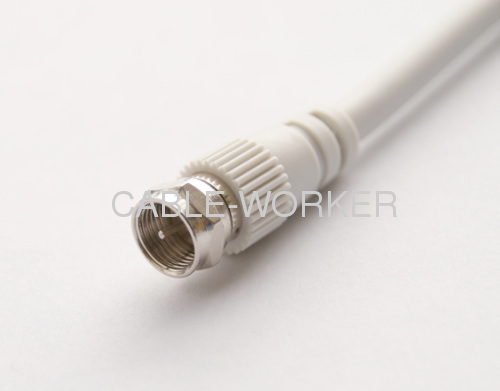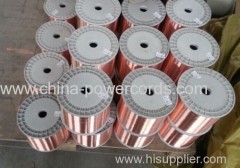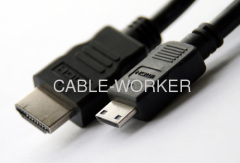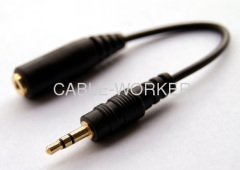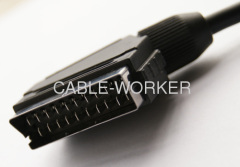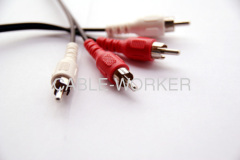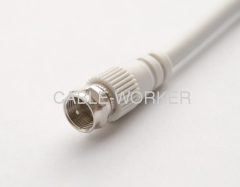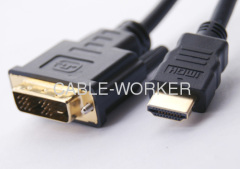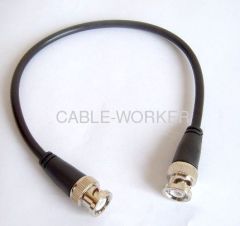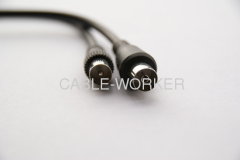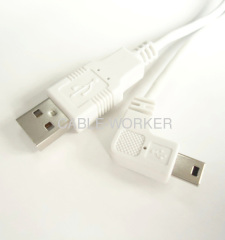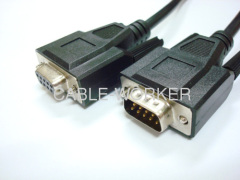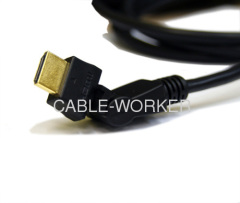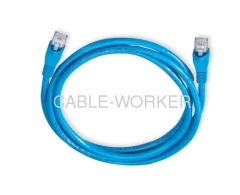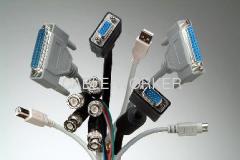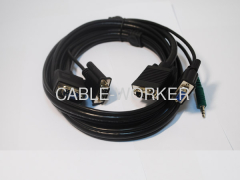
|
Myway Technology Co., Ltd.
|
F connector cable assembly manufacturer
| Price: | 0.1~20.0 USD |
| Payment Terms: | T/T,L/C |
| Place of Origin: | Guangdong, China (Mainland) |
|
|
|
| Add to My Favorites | |
| HiSupplier Escrow |
Product Detail
Please contact us for more.Our flexible design andd manufacturing capability allow us to provide custom product solution for nemorous applications.
Product name: professional cable assemblies for F connector cable

Knowledge base of F connector cable:

Knowledge base of F connector cable:
The F connector is a type of coaxial RF connector commonly used for "over the air" terrestrial television, cable television and universally for satellite television and cable modems, usually with RG-6/U cable or, in older installations, with RG-59/U cable. It was invented by Eric E. Winston in the early 1950s while working for Jerrold Electronics on their development of cable television. In the 1970s it became commonplace on VHF television antenna connections, as coaxial cables replaced twin-lead, and later for UHF also.
The F connector is inexpensive, yet has good 75 Ω impedance match up to 1 GHz and has usable bandwidth up to several GHz. One reason for its low cost is that it uses the solid conductor (center wire) of the specified types of coaxial cable as the pin of the male connector. This design is subject to the surface properties of the inner conductor (which must be solid wire) and is not corrosion resistant, hence water proof versions are needed for outside use (for example, on aerials). The male connector body is typically crimped, or sometimes screwed, on to the exposed outer braid. The cable industry standard now is to use compression fittings. Female connectors have a 3/8-32 UNEF thread (9.525mm diameter). Most male connectors have a matching threaded connecting ring, though push-on versions are also available. Push-on F connector ends provide poor shielding against airborne signals (e.g., a nearby TV transmitter will interfere with a CATV station).
It is suitable for domestic terrestrial, cable, and satellite TV installations and offers significant improvements over the Belling-Lee connector (IEC 169-2) used on European terrestrial receivers. It requires slightly more care to properly install the male connector to the cable than with Belling-Lee type and attention should always be paid to the quality of the connector and matching with the cable size.
Didn't find what you're looking for?
Post Buying Lead or contact
HiSupplier Customer Service Center
for help!
Related Search
F Connector
F Cable
Connector Assembly
Cable Assembly
Assembly Cable
Quick Assembly Connector
More>>

